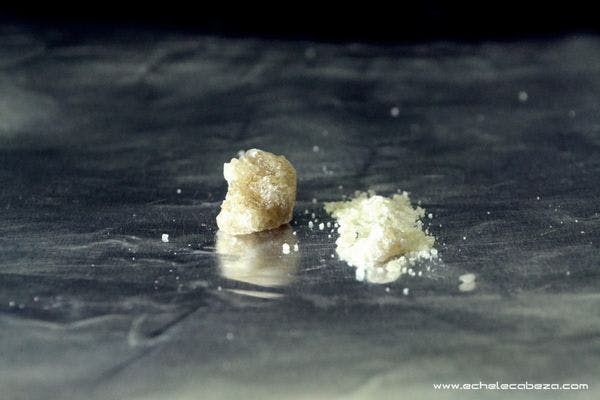Faciliter l’analyse de drogues récréatives pour aider à sauver des vies
L’usage de substances que les consommateurs pensaient être du MDMA mais qui étaient en fait des substances toxiques a conduit à plusieurs décès. L’analyse de ces substances pourrait aider à réduire de tels risques. Pour en savoir plus, en anglais, veuillez lire les informations ci-dessous.
Abonnez-vous à l'Alerte mensuelle de l'IDPC pour recevoir des informations relatives à la politique des drogues.
Every year in England and Wales around half-a-million people aged 16 to 59 years take ecstasy, and every year there are 30 to 40 fatalities where MDMA is mentioned on the death certificate. Despite the plethora of new psychoactive substances, nearly all of which occur as loose powders, most tablets sold as ecstasy contain MDMA. They may also contain other substances, but few are of serious toxicological concern. Two principal exceptions to this rule, however, are p-methoxy-amphetamine (PMA) and PMMA.
There have recently been a number of deaths from users who ingested the ‘Superman’ pill, which contained the toxic substance, p-methoxymethylamphetamine (PMMA). We can assume that the users did not know what was in the pills before they ingested them, although they probably thought they were taking 3,4-methylenedioxy-methamphetamine (MDMA), a popular recreational drug widely known as ‘ecstasy’.
Providing a service where users can have their drugs tested before they take them is one way to help reduce hospital admissions and deaths.
Click here to read the full article.
Keep up-to-date with drug policy developments by subscribing to the IDPC Monthly Alert.
